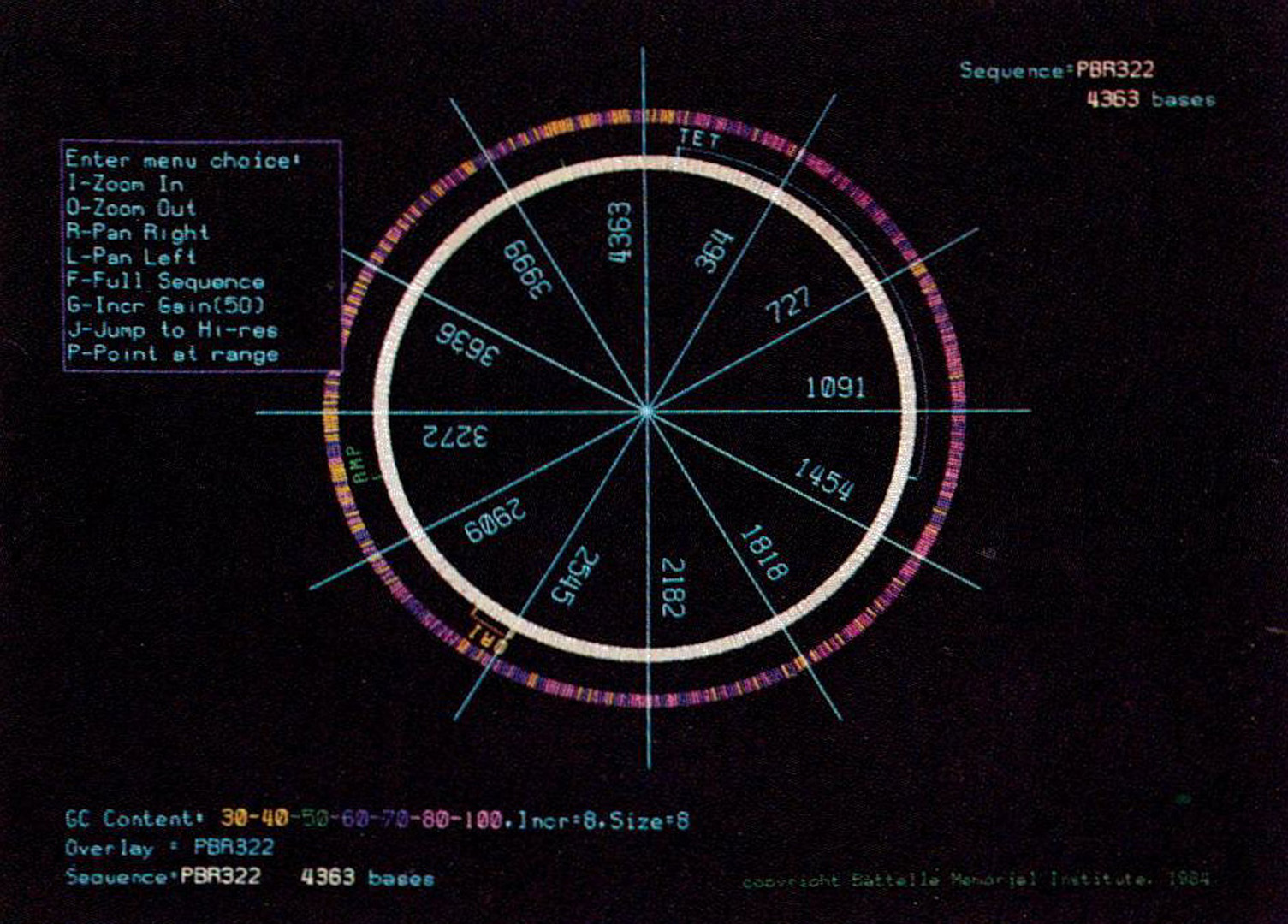“Priority windows: A device independent, vector oriented approach” by Littlefield
Conference:
Type(s):
Title:
- Priority windows: A device independent, vector oriented approach
Presenter(s)/Author(s):
Abstract:
Priority windows are a basic tool for interactive graphics, underlying such techniques as pop-up menus and single screen viewing and control of multiple contexts. Most implementations of priority windows are raster oriented, frequently relying on special hardware capabilities such as high speed rasterops. This paper discusses an alternative approach, based on vector clipping, that works with any display device capable of drawing and erasing vectors. It has been used to implement a general purpose windowing package that supports application programs using a vector graphics model. It is device independent, running without change on a desktop computer with integral graphics and on a timesharing system with a peripheral display. In purely device independent form, windowing performance depends on host processing speed and communications bandwidth. Techniques are described for improving responsiveness by overlapping some windowing computations with the user’s think time. Performance improvements based on extended device capabilities such as rectangular fill, hardware characters, and local display lists with clipping are also suggested. Presentation of this paper included a videotape showing the dynamics of one application on an HP-9000 desktop computer and on a VAX 11/780 plus Ramtek Marquis configuration.
References:
1. Williams, G., “The Lisa Computer System”, BYTE Magazine, February 1983, pp.33-50.
2. Apollo Computer, Inc., 1982, Apollo System User’s Guide, Release 4.0., Chelmsford, MA.
3. Weinreb, D., and Moon, D., Introduction to Using the Window System, Symbolics, Inc., 1981.
4. Xerox Corporation, 1982, 8010 Star Information System Reference Guide, Dallas, TX.
5. Pike, R., “Graphics in Overlapping Bitmap Layers”, Computer Graphics, Vol.17, No.3, July 1983, pp.331-356.




